-
Posts
2.055 -
Joined
-
Last visited
-
Days Won
50
Posts posted by Genava55
-
-
9 hours ago, Sundiata said:
His maps aren't that accurate. And no mention of Kush

This is a common problem in the channel, most of their map are sh*t. When they talked about the skirmish around Geneva between Caesar and the Helvetii, they put the position of the oppidum at the other side of the Rhone and the bridge got misplaced after the conjunction with the Arve river... This is so f*cked up. Moreover, they used the map from Rome 2 TW as a reference for the position of the Gallic tribes... so naive. Furthermore, they are popularizing the myth that the Marian reforms existed as something written in the stone.
Kings and Generals is of mediocre quality for the accuracy but some times in a few topics they give interesting information. This is only an introduction and clearly we should fact check their videos. I think they have an excessive productivity and are too much focused on releasing videos than verifying their sources. I saw they mostly worked with Osprey titles... which are really problematic on some topics.
9 hours ago, Sundiata said:There is no mention of the Roman trading expeditions to West Africa

It seems they have a general problem with geography and for them "Africa" is only below Egypt
 I noticed too that they skipped the other part of North Africa.
I noticed too that they skipped the other part of North Africa.
-
1 minute ago, wowgetoffyourcellphone said:
Indeed, zebra pelt on a Gaul, notsogood.
Probably they wanted to represent Celtic mercenaries in Africa, but zebra are not in North Africa, even during the Ancient Egypt. Same problem for giraff's pelts.
And gosh, the bronze age helmet in iron
 Moreover all the belts are wrong, all the scabbards etc.
Moreover all the belts are wrong, all the scabbards etc.
-
 1
1
-
 1
1
-
-
7 minutes ago, wowgetoffyourcellphone said:
Lots of great stuff, especially from the 1st link! Wow.
Interesting artistic ideas but for the Celtic part that I know the most, this is awfully wrong

-
 2
2
-
-
-
-
2 hours ago, Gurken Khan said:
Works only for women.
So let the women built the homes where they will spend the rest of their lives (joke)
-
 1
1
-
-
4 hours ago, mawinatore said:
In every game i have to kill some of my units because they get stuck in between buildings they build themselves. So if u build a house (e.g.) as close to another as u can, they cant pass around it anymore after the building is completed. So u have to demolish the house or kill the unit. I have thought about building walls out of my houses as secondary wall system. is that intended ("legal")?
It would be nice if you leave enough space around buildings´ base areas so that cant happen anymore.
You can garrison the citizen in the house to unblock him.
-
 1
1
-
-
On 5/20/2019 at 3:02 AM, wackyserious said:
Agrianes have been confused by ancient authors as Thracians, so maybe some thracian cape for the basic version could be useful.
Moreover, Agrianes are Paeonians, and it seems that Paeonians used some illyrian helmets according to their coins:
https://www.cgbfr.com/peonie-royaume-de-peonie-patraos-tetradrachme-sup-ttb-,bgr_469398,a.html
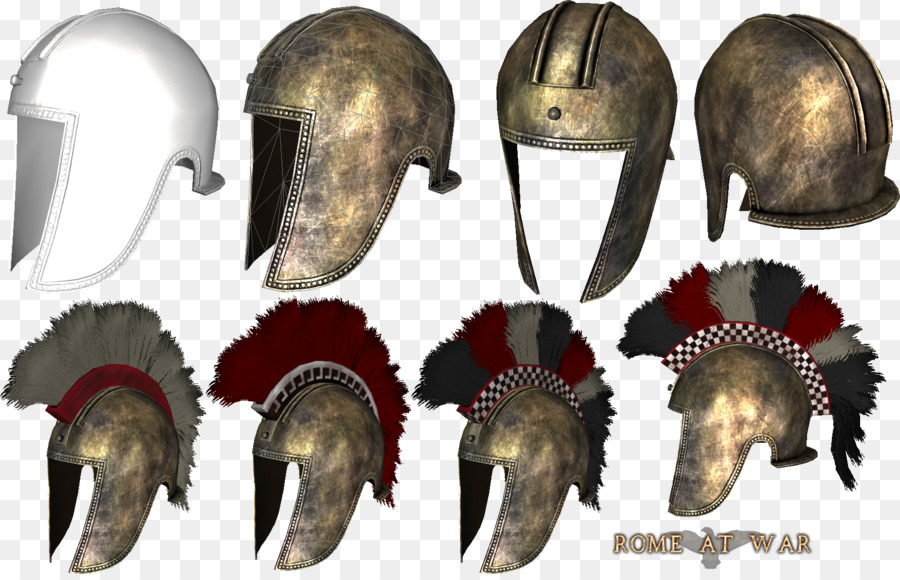
So why not a mixture of pilos, thracian and illyrian helmets for the elite version?
-
 1
1
-
-
52 minutes ago, Lion.Kanzen said:
There are also a statue of Marsyas the satyr/silenus close to the subsellium and Columna Maenia, a statue of Publius Horatius Cocles and a Vulcanal (shrine of Vulcan) both close to the Lapis Niger.
Bonus:
-
 1
1
-
-
On 5/8/2019 at 11:39 PM, Lion.Kanzen said:
@Genava55 can you help with French translation.
On 5/8/2019 at 11:23 PM, Lion.Kanzen said:Basically, you already have understand the main points. To sum it up, the Rome's Comitium was rectangular until around 300 BC when it got circular stands/bleachers. Sadly, the stratigraphical record is difficult to interpret and the Comitium has been destroyed and rebuilt by Sylla in the 1st century BC. So the historians rely on the changes occurring in the Roman colonies to get hints about the date of its changes. Circular Comitium in colonized cities give a range of possible dates for the adoption of this architectural characteristic, like Cosa (273 BC), Paestum (273 BC), Alba Fucens (303 BC) and Fregellae (328 BC although debated). The author of the linked chapter suggests a narrow range by including the moment when Pythagorean ideas reach Rome and the tribes reforms by Appius Claudius in 312 BC.
The two pictures you choose are the Comitium of Cosa and of Paestum. Here, from another publications, the Comitium from Alba Fucens and Fregellae.
However, the historical representations of the second century BC Comitium in Rome, is a bit simpler:
The Rome's Comitium is associated with the Graecostasis, Columna Maenia, Rostra Vetera and the lapis niger. Statues of Pythagore and Alcibiade are also mentioned.
-
 1
1
-
-
11 minutes ago, Thorfinn the Shallow Minded said:
I wonder though what sort of variables are accounted for for those claims. What kind of poundage does the bow have for these tests? Also, as far as I'm aware, it's difficult to know the techniques and length of the sling used, both of which I'd say would have a massive impact on the possible range.
This is mostly based on the Anabasis of Xenophon. He said that rhodian slingers reach the double than the Persian slingers and even more than most of the Persian bows.
-
5 hours ago, borg- said:
slings has greater range than bow? wow
Only with lead bullets.
-
-
-
-
1 hour ago, Lion.Kanzen said:
we have many greek states...later may be it can added.
Oh yes, I wasn't suggesting this necessarily. I think the Scythians and the Parthians should be in, but the indo-scythians and indo-parthians are only little different so probably not a priority.
-
1 hour ago, Alexandermb said:
any advice to replace round shields on celtic buildings ?
Another shield is good enough. Both Gauls and Britons have their own shields now, even medium ones.
The others possibilities are symbols painted and wooden figures, animal and human heads, weapons (spears notably) etc. It is up to the artists because nothing is really settled on this matter. There are evidence for painted walls. There are evidences for wooden figures against walls (as in Manching), for human heads and weapons as trophee. But the context is lacking.
-
 2
2
-
-
53 minutes ago, Nescio said:
Any information as to what kind of bows the Celts used? I'm still looking forward to having a b/a/e Gaul infantry archer added to the game.
Only arrowheads have been found. Bows are almost impossible to conserve in temperate soils. There are few native representations of bows, like in the Bellovaci coins, and it suggests a normal bow, not a composite one.
-
Capitole
Spoiler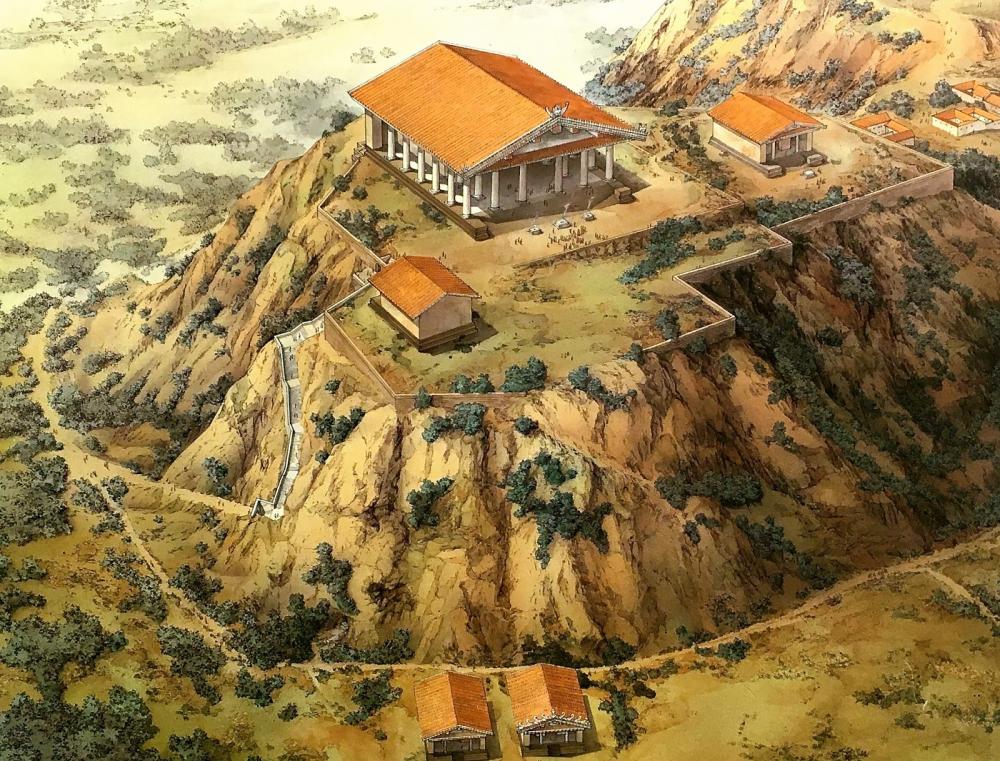
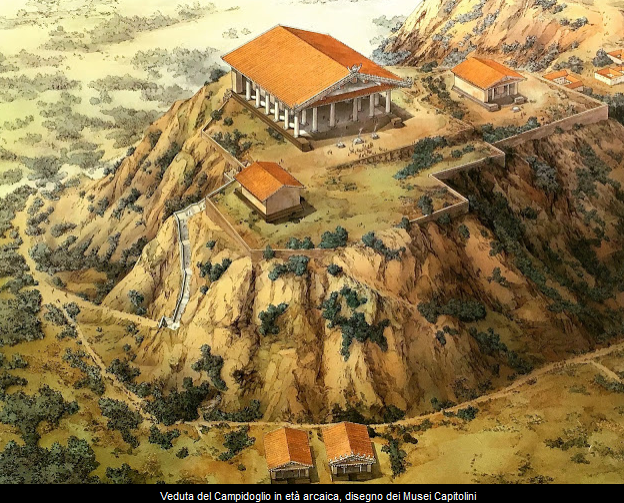
Capitole, suite:
Spoiler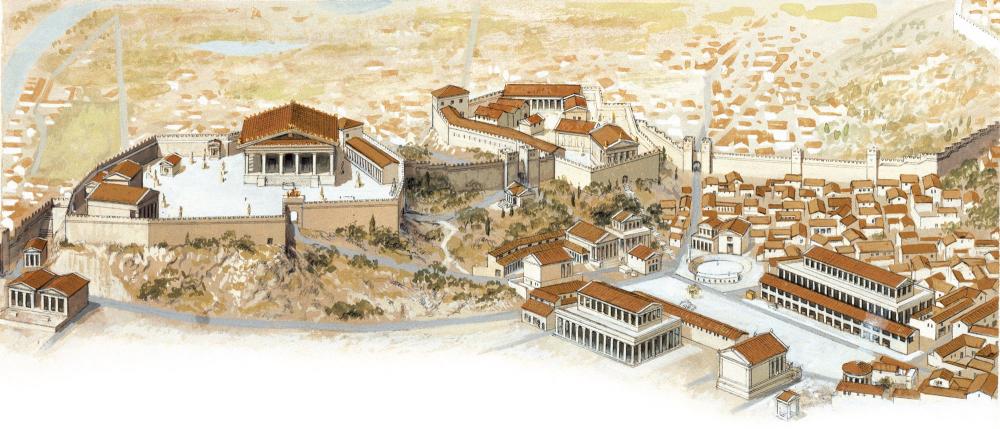
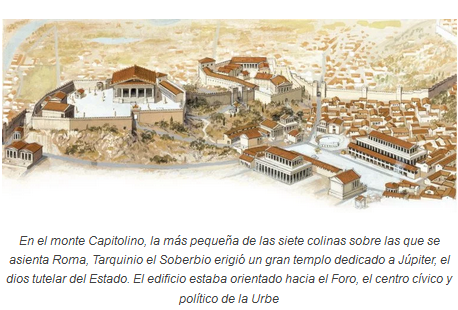
Etruscan architecture in spanish: https://ddd.uab.cat/pub/llibres/1886-1897/56958/hisgenart_a1901t2r8.pdf
Etruscan temple of Jupiter
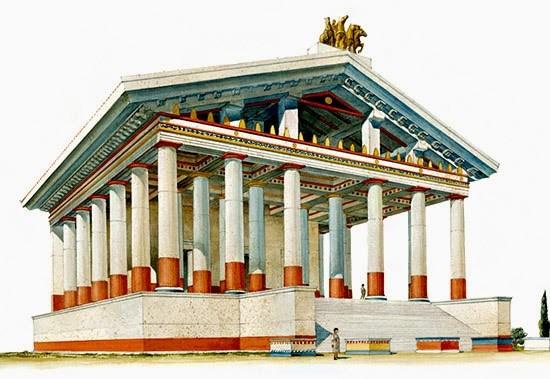
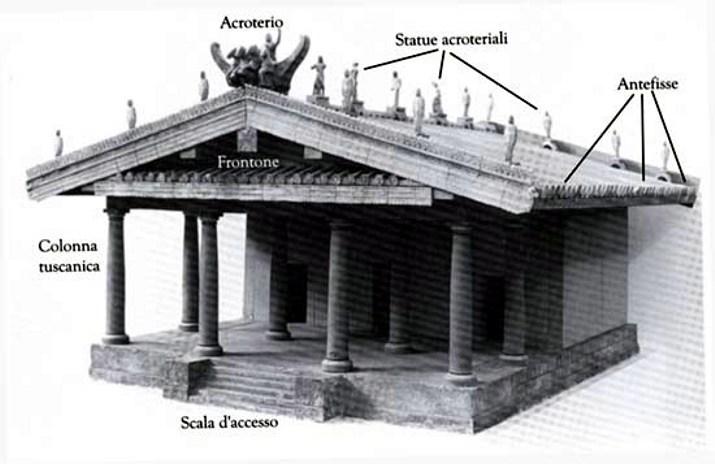
Others:
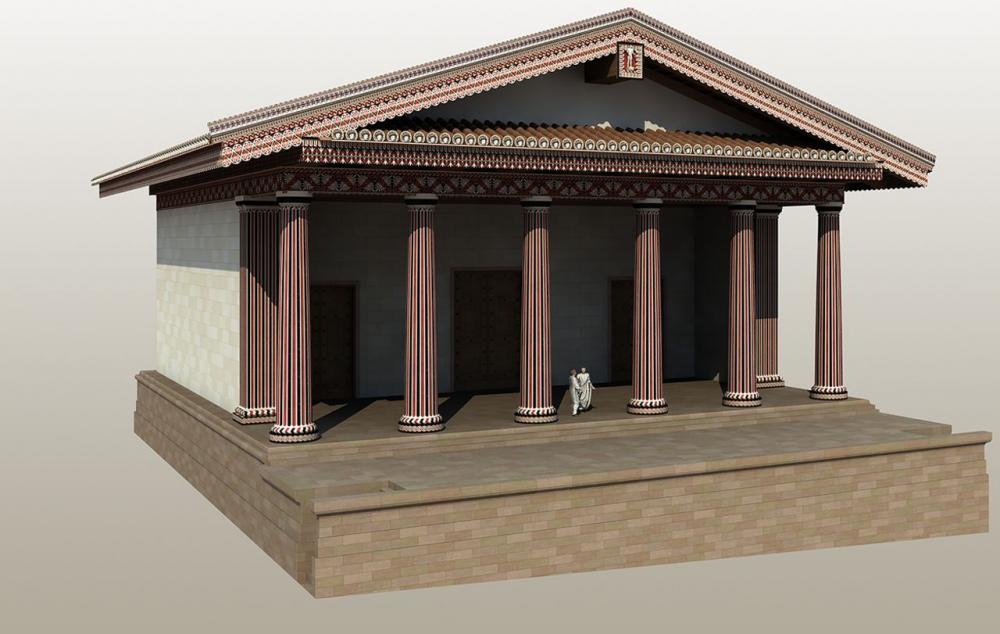
Other high res downloaded from uni:
-
 1
1
-
-
On 10/27/2018 at 8:29 AM, Genava55 said:
I think there are a few useful things there:
-
 1
1
-
-
-
1 hour ago, Anaxandridas ho Skandiates said:
But it certainly makes more sense to conceive of their padding as a one-piece-garment placed over an amour of lighter or heavier nature - the question of that nature can be conveniently ignored since it cannot be seen.
Indeed. Evidences from different era and cultures point in the direction of one piece armour in fabric.
-
 3
3
-
-
Mound burials and tumuli come from the neolithic. Saint-Michel tumulus in France is dated from the 5th millennium BC for example. The White Monument in the plain Tell Banat in Syria is an example from the third millennium Early Bronze Age tumulus, simultaneous of the oldest pyramid in Egypt.
-
 1
1
-
-
Anyone knows from where come this helmet? I found some evidences that could be useful.
Spoiler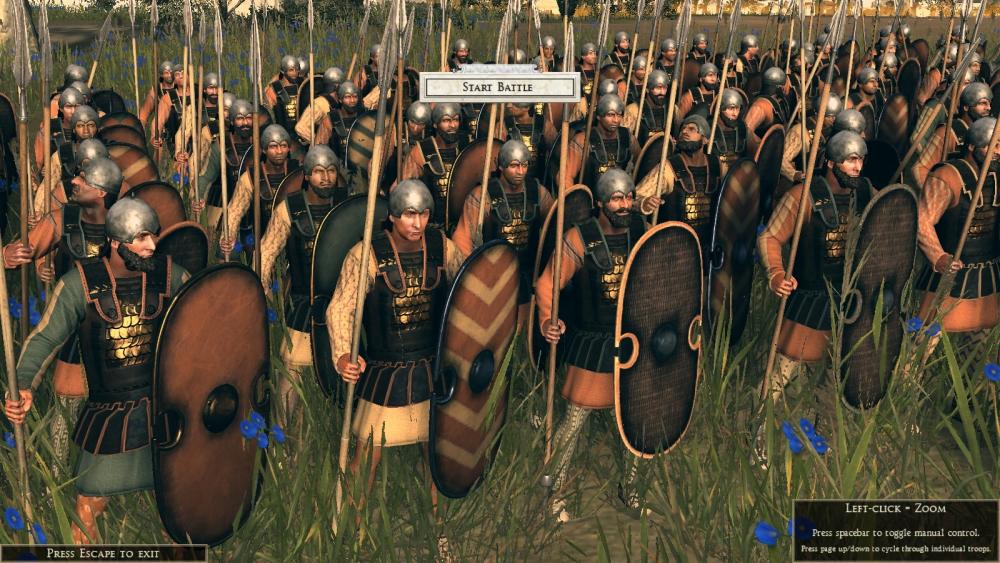
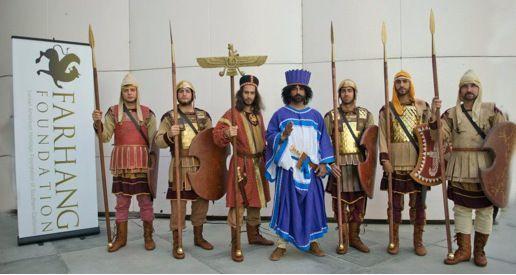
I found this number 21 below, the other ones are all labeled "Scythian" and this one is labeled Achaemenid, without specifying the reason. I don't find anything about an example in the "Glasgow Museum". It looks close the number 18 although.
Spoiler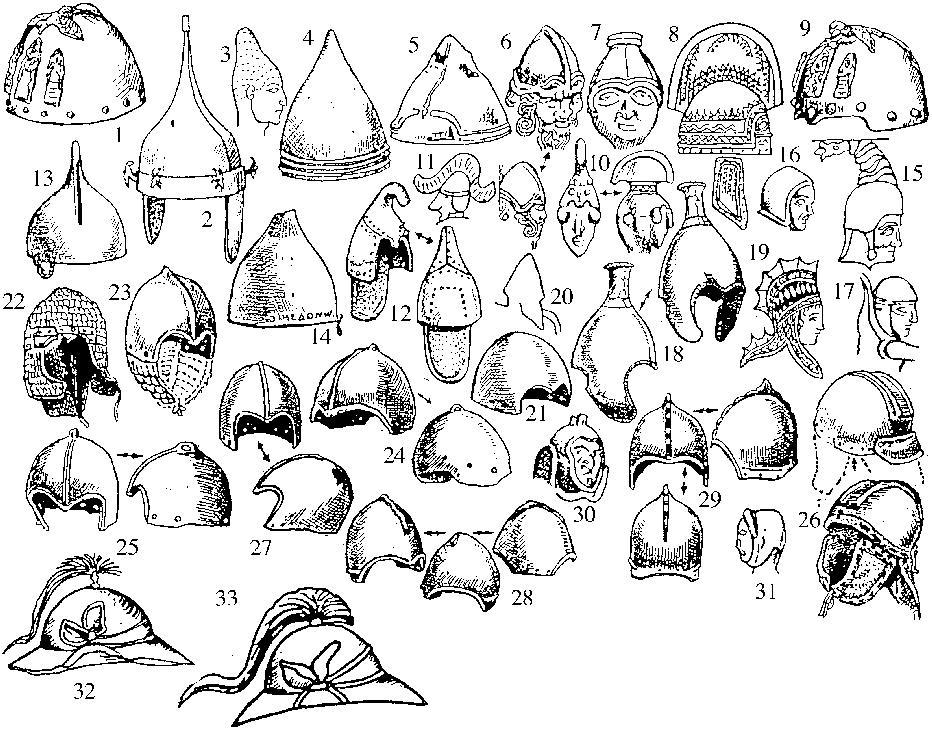

There is also this helmet found in Olympia attributed to the Medians:


.thumb.jpg.b21ca1d0c15fb56b42c39b25a0a40815.jpg)
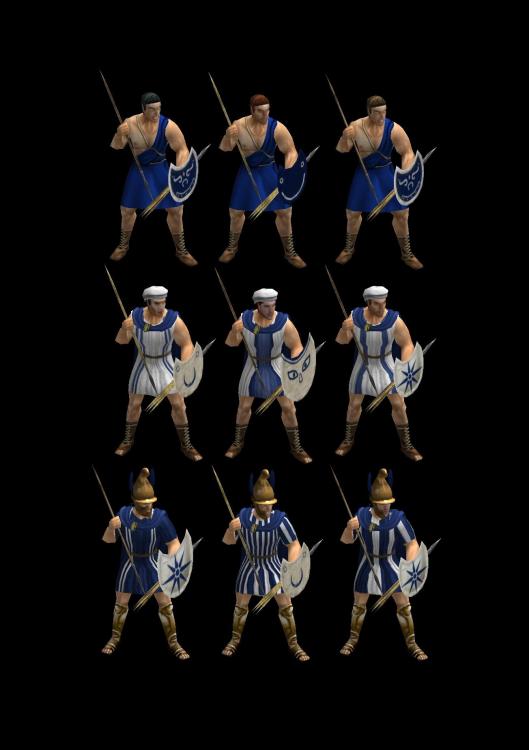
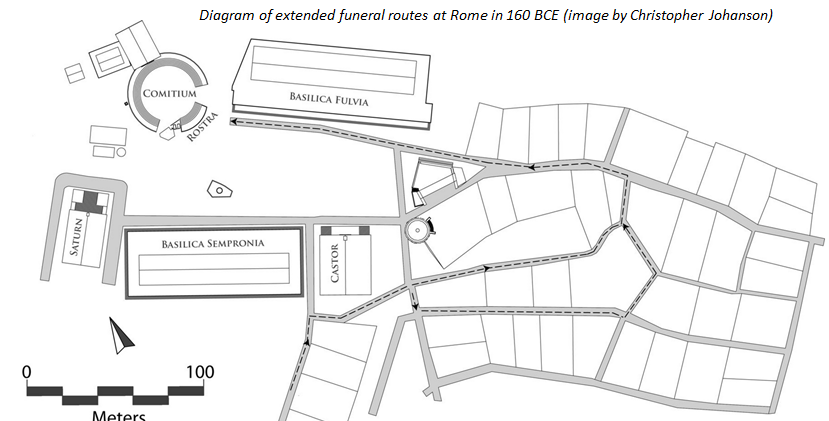
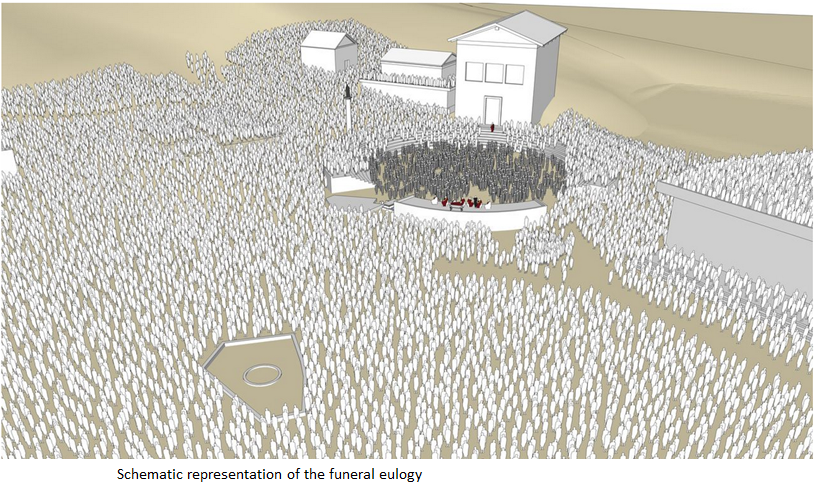
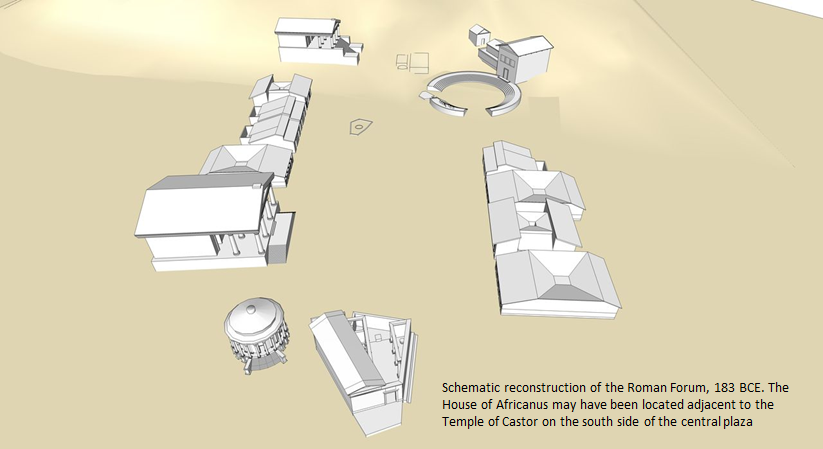
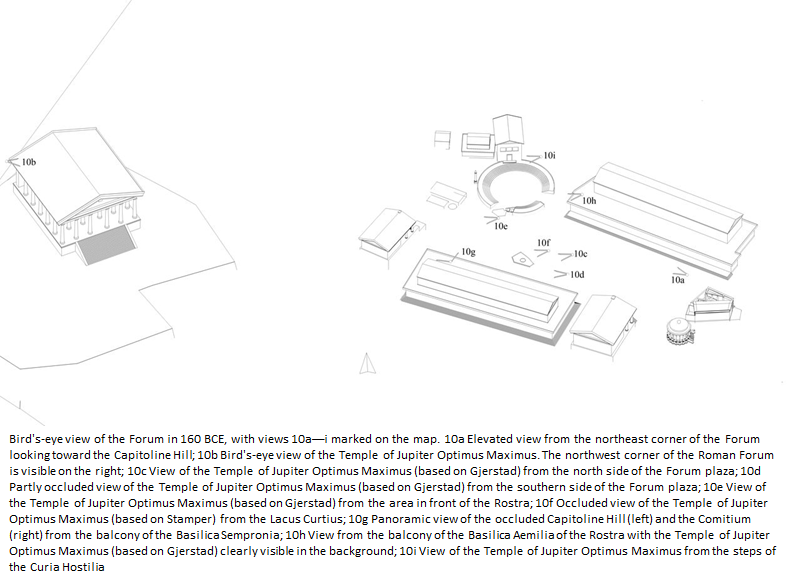
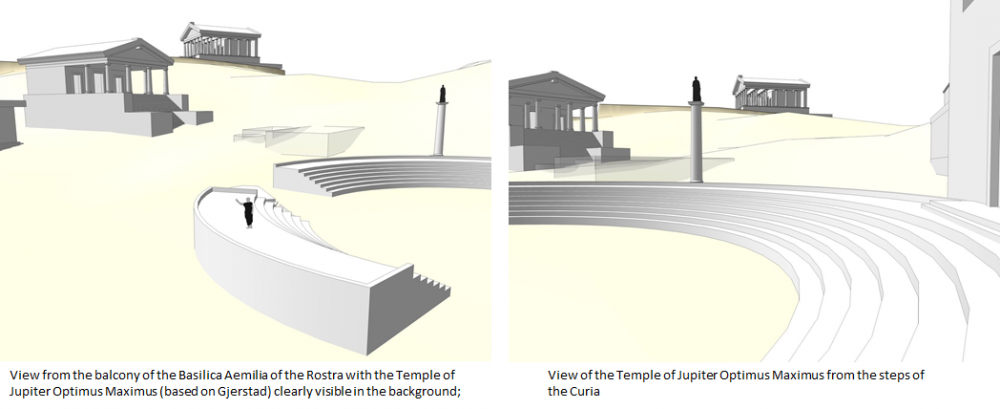
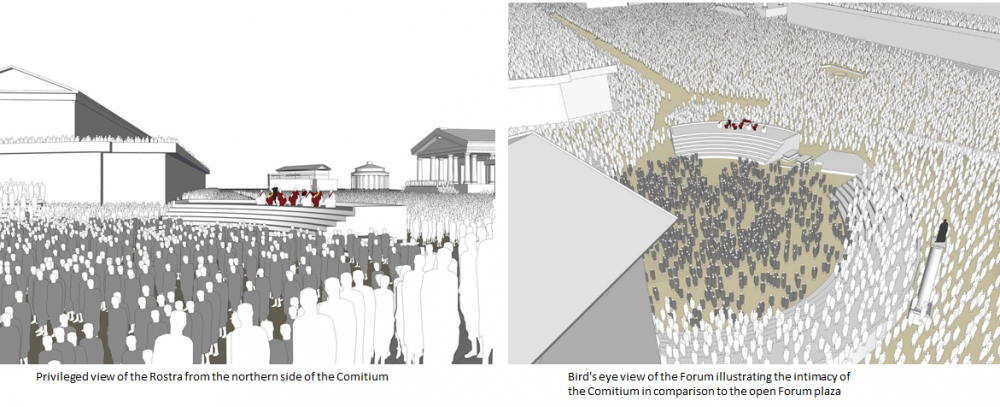
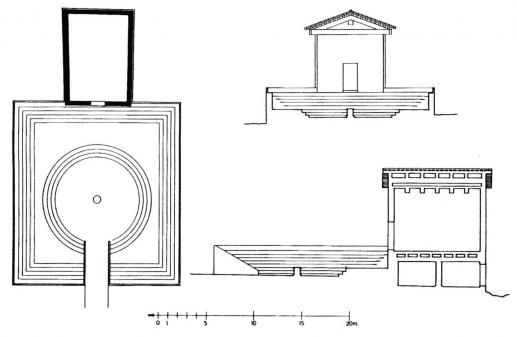
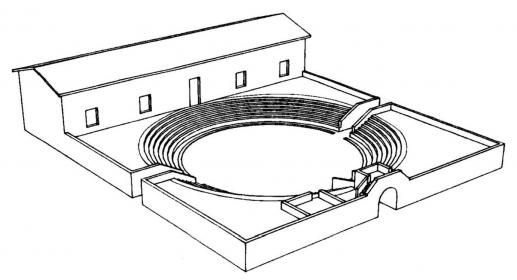
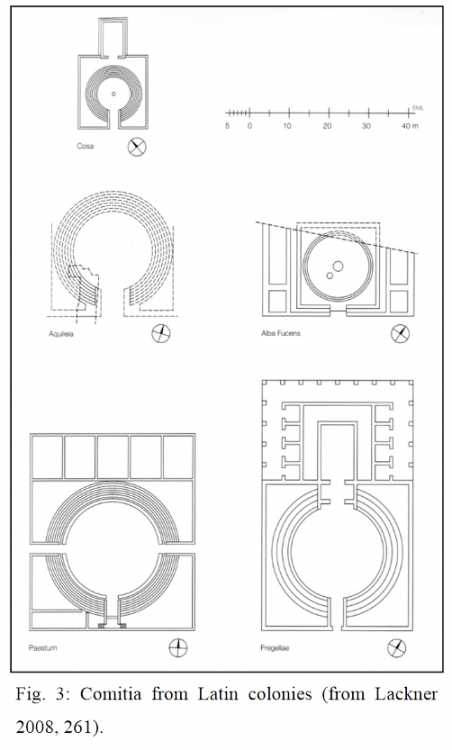
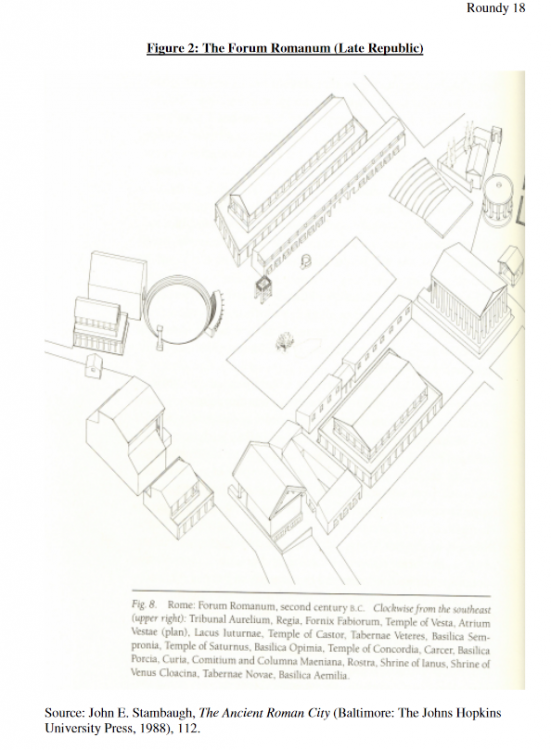
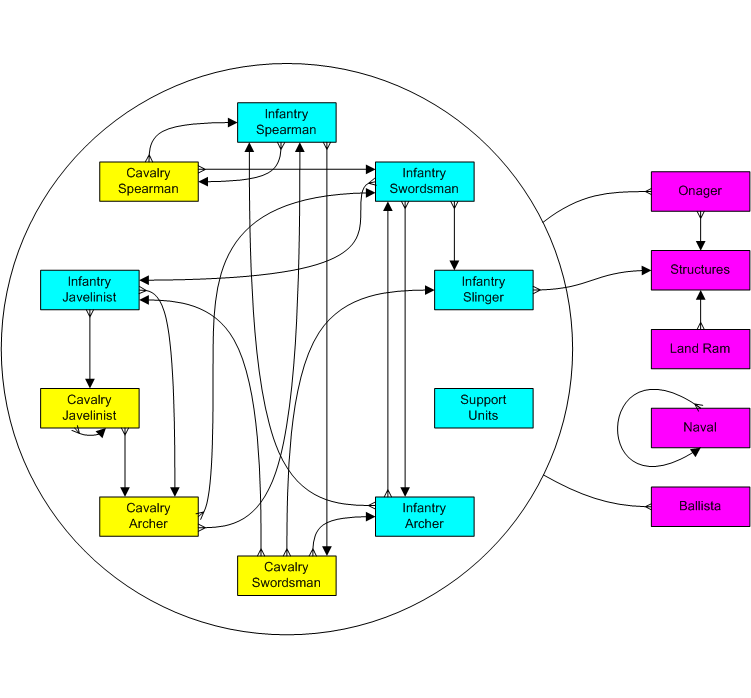
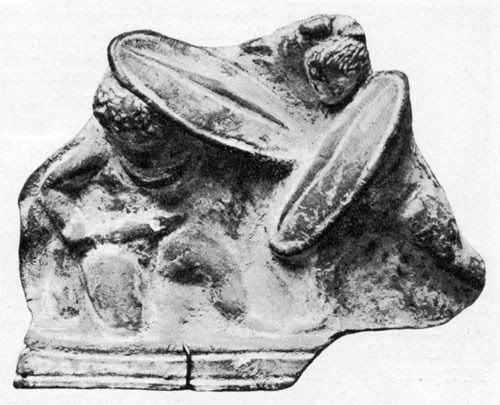
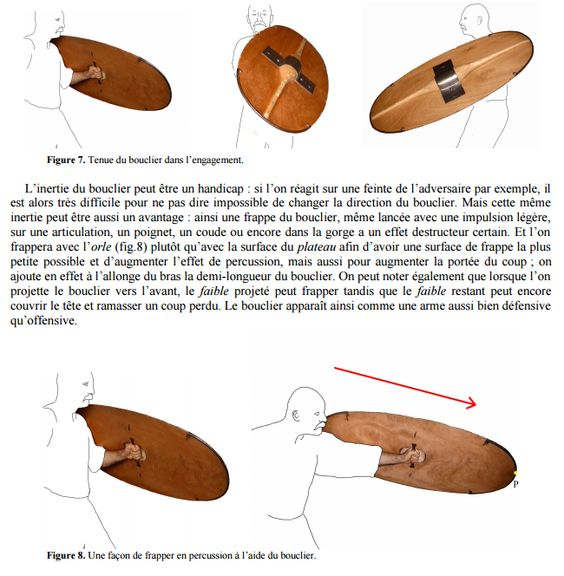
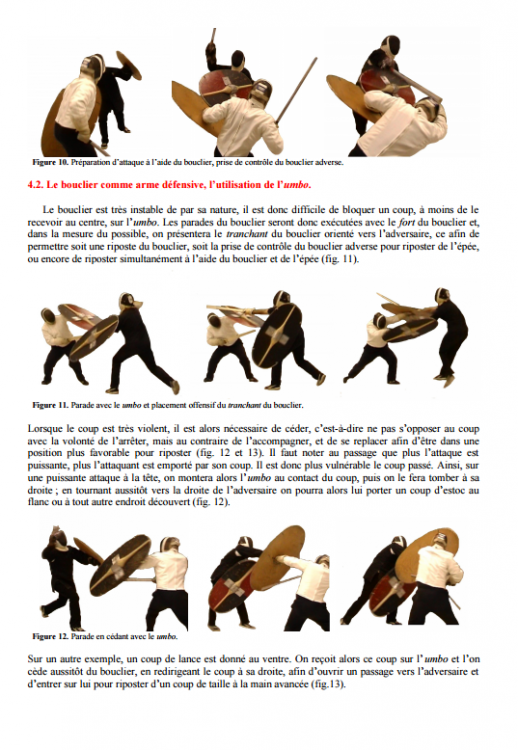
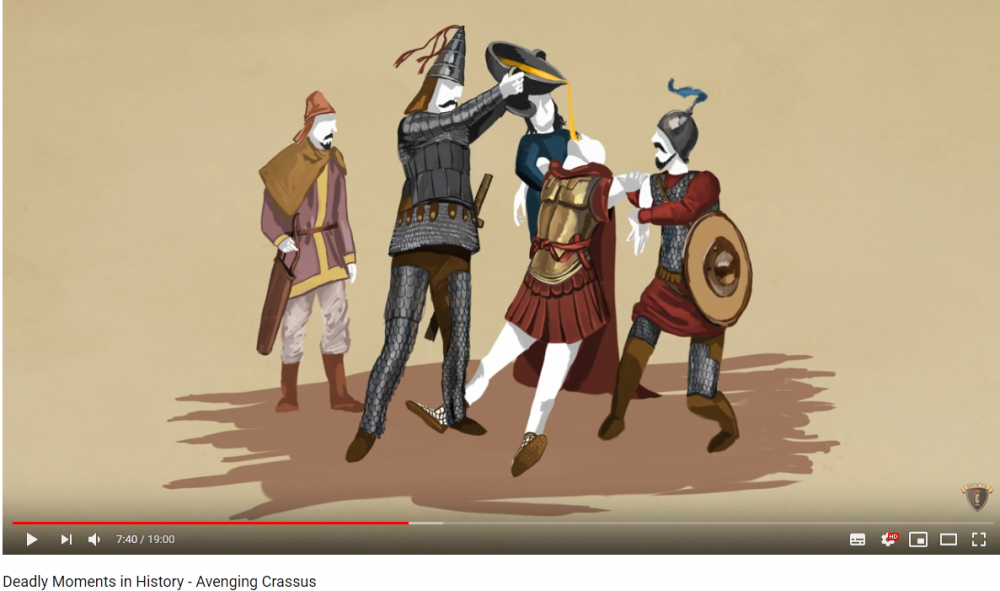
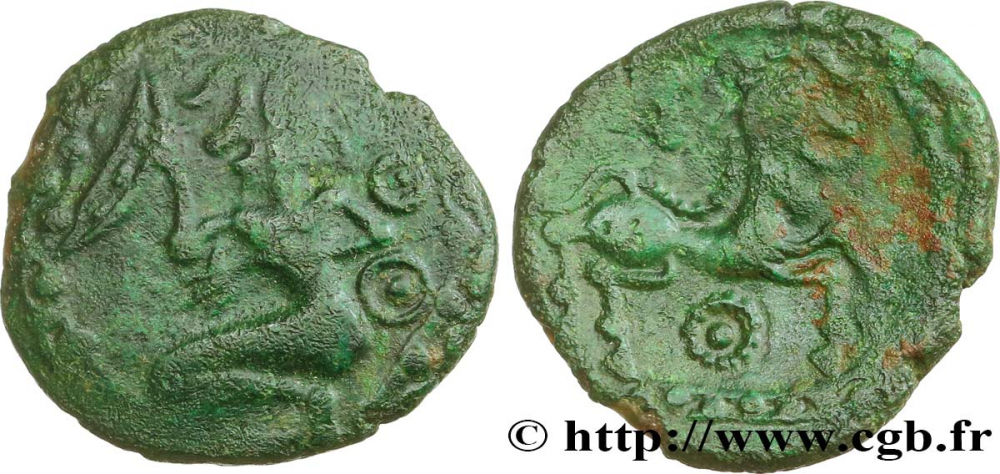
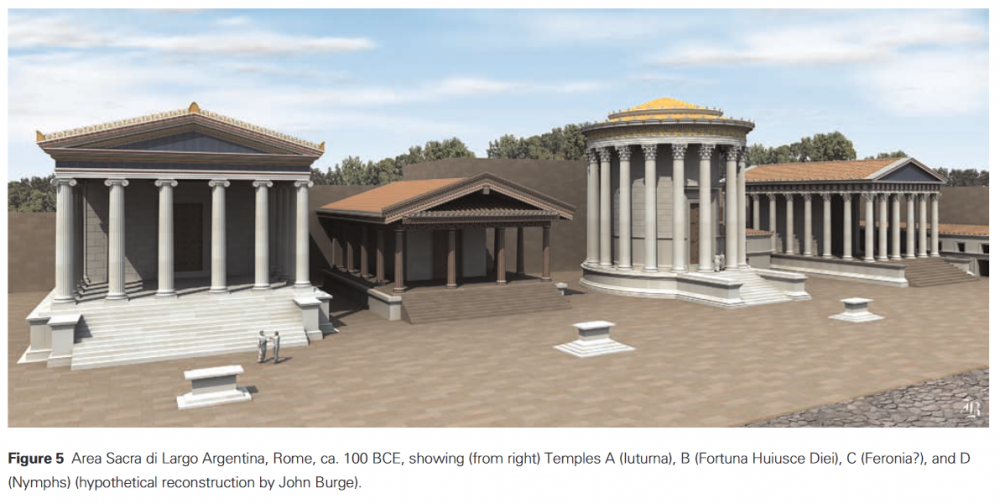
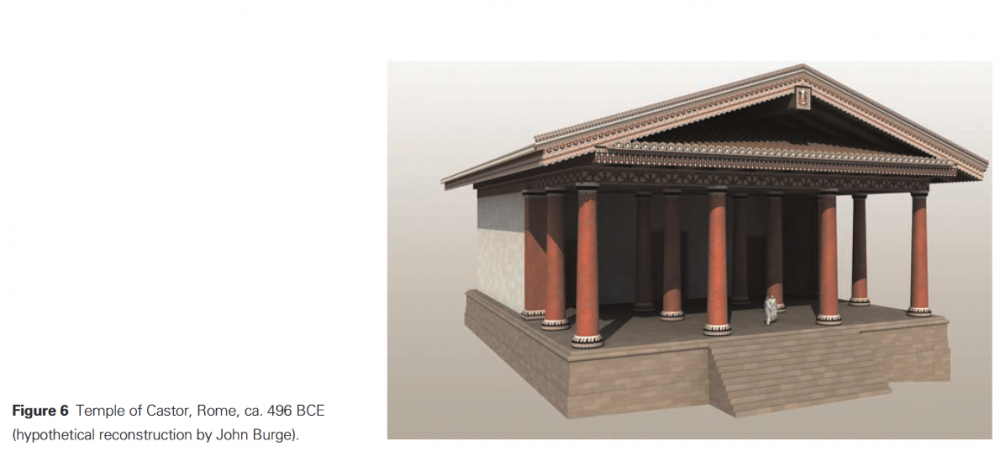
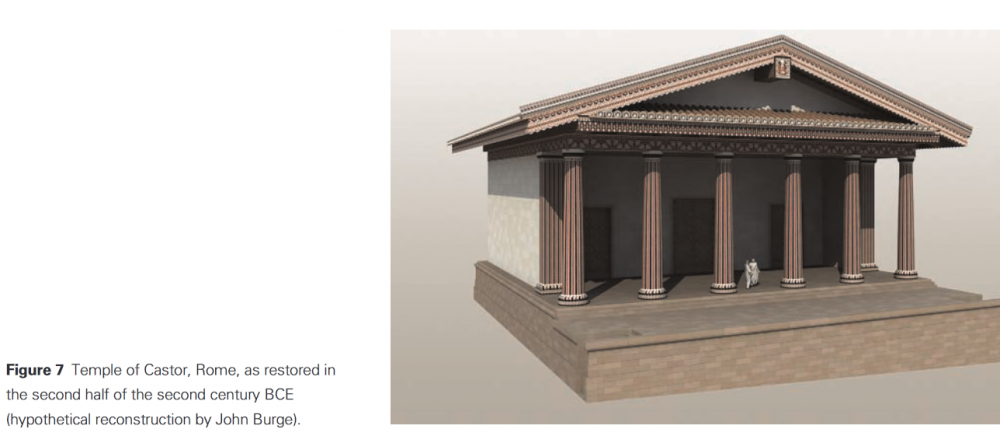
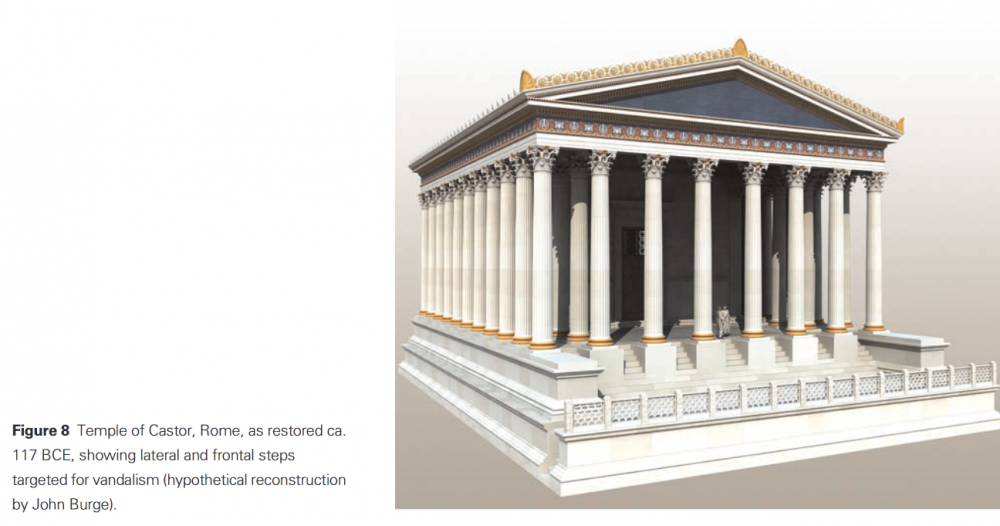
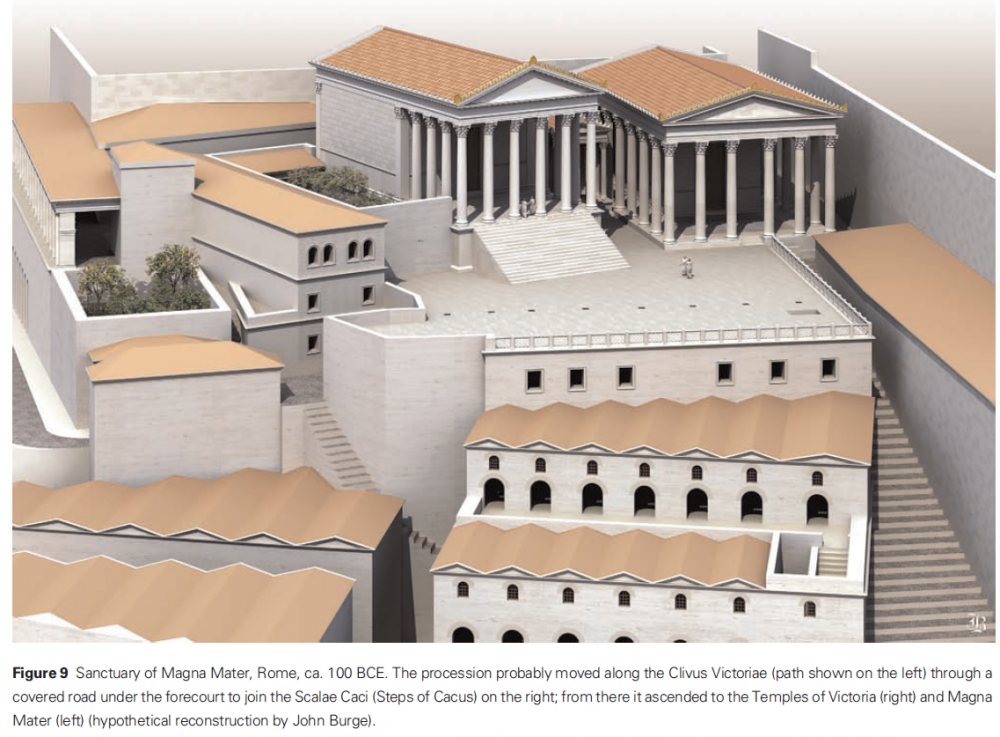
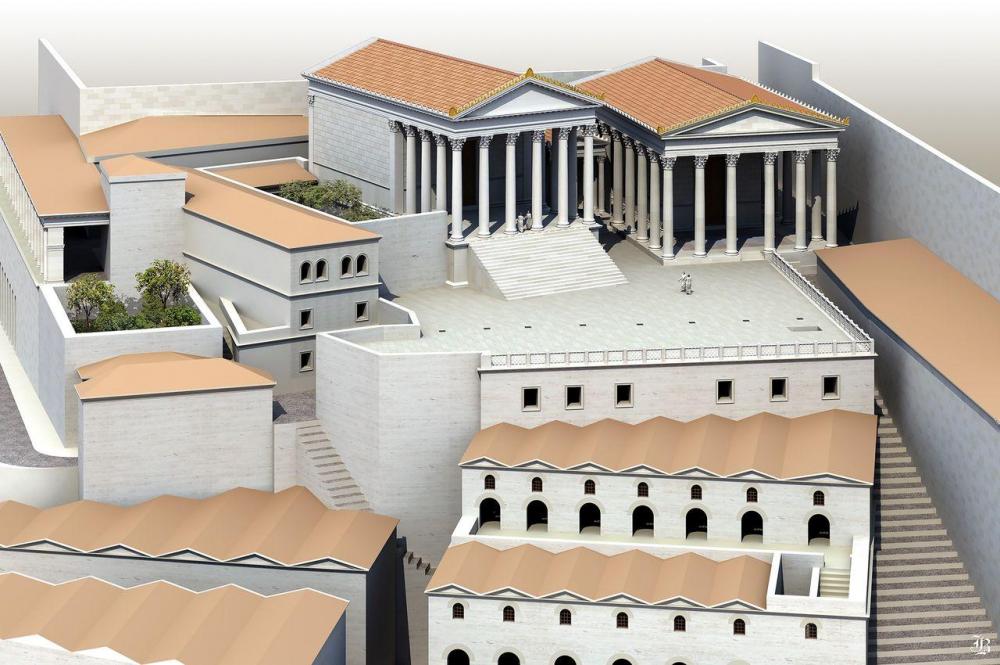
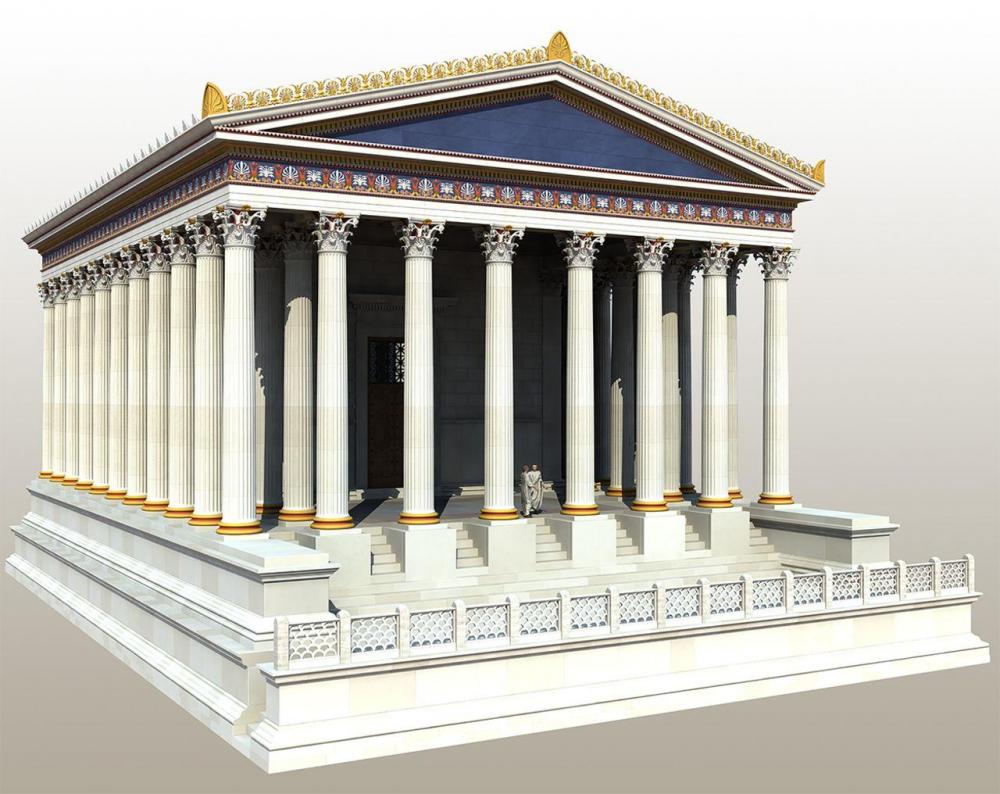
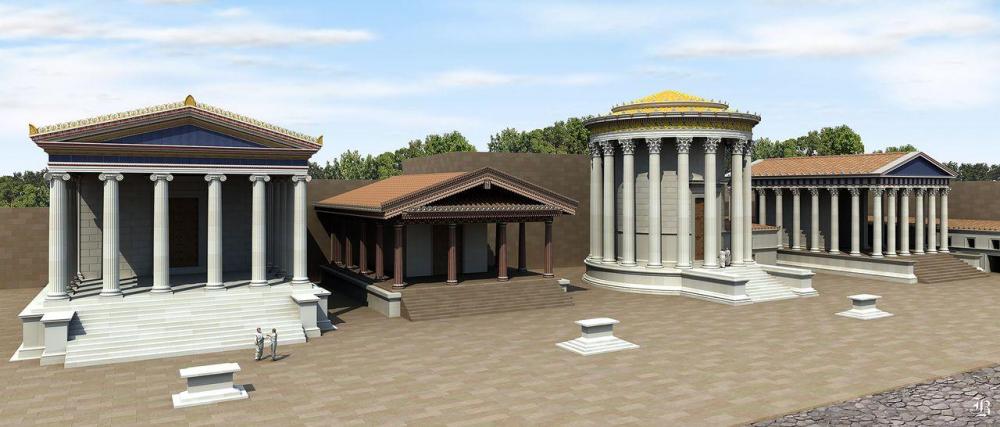
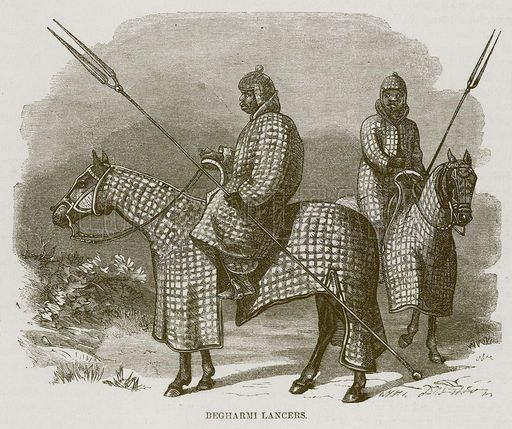

The Kingdom of Kush: A proper introduction [Illustrated]
in Official tasks
Posted
It is a bit too much modern, a bit too bulky, but this kind of hammerhead were in use during the Roman Imperial Era: